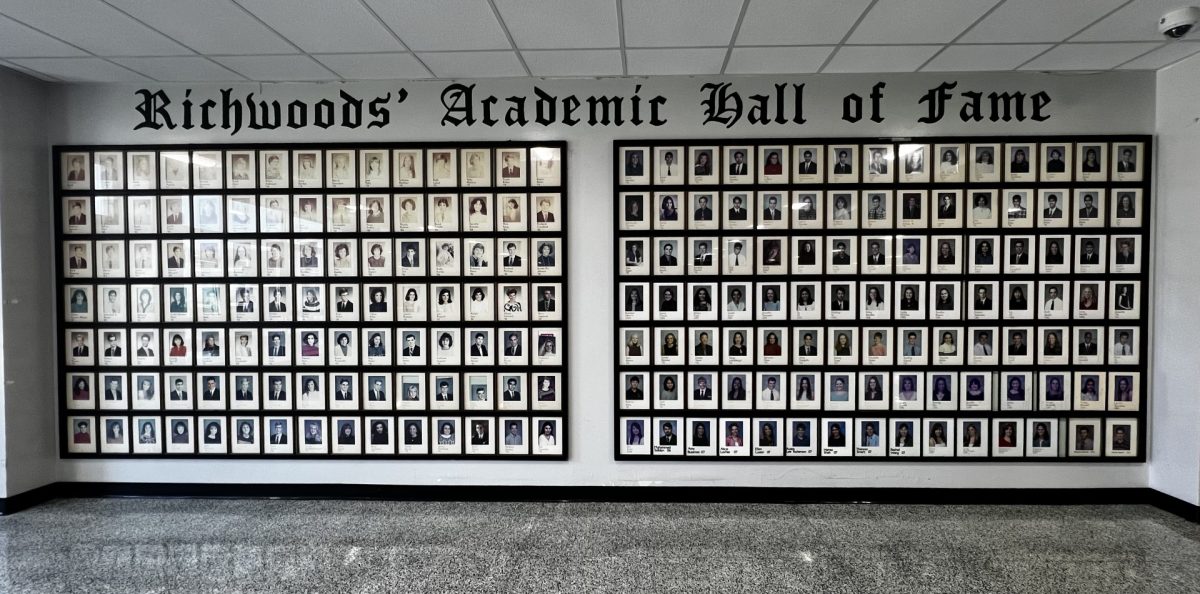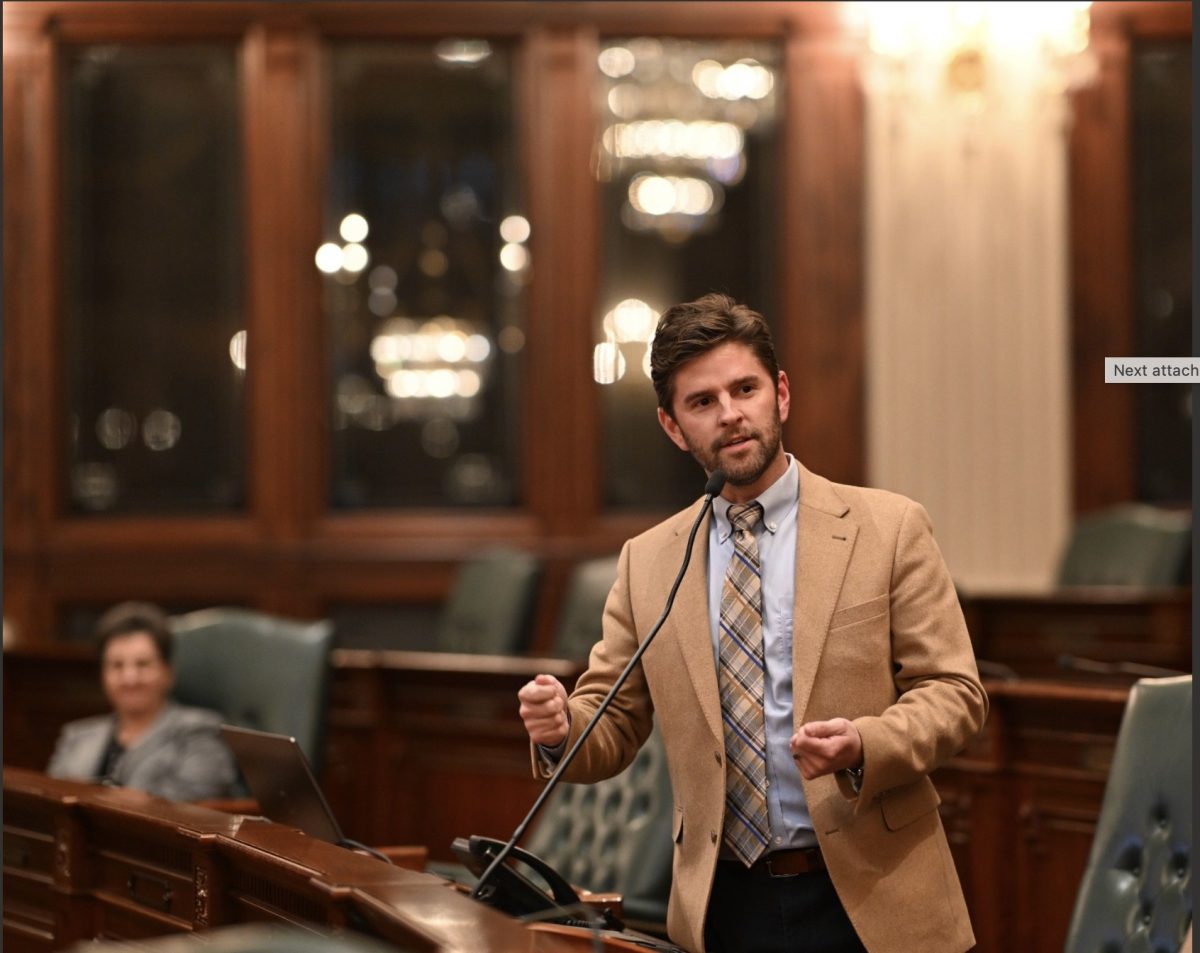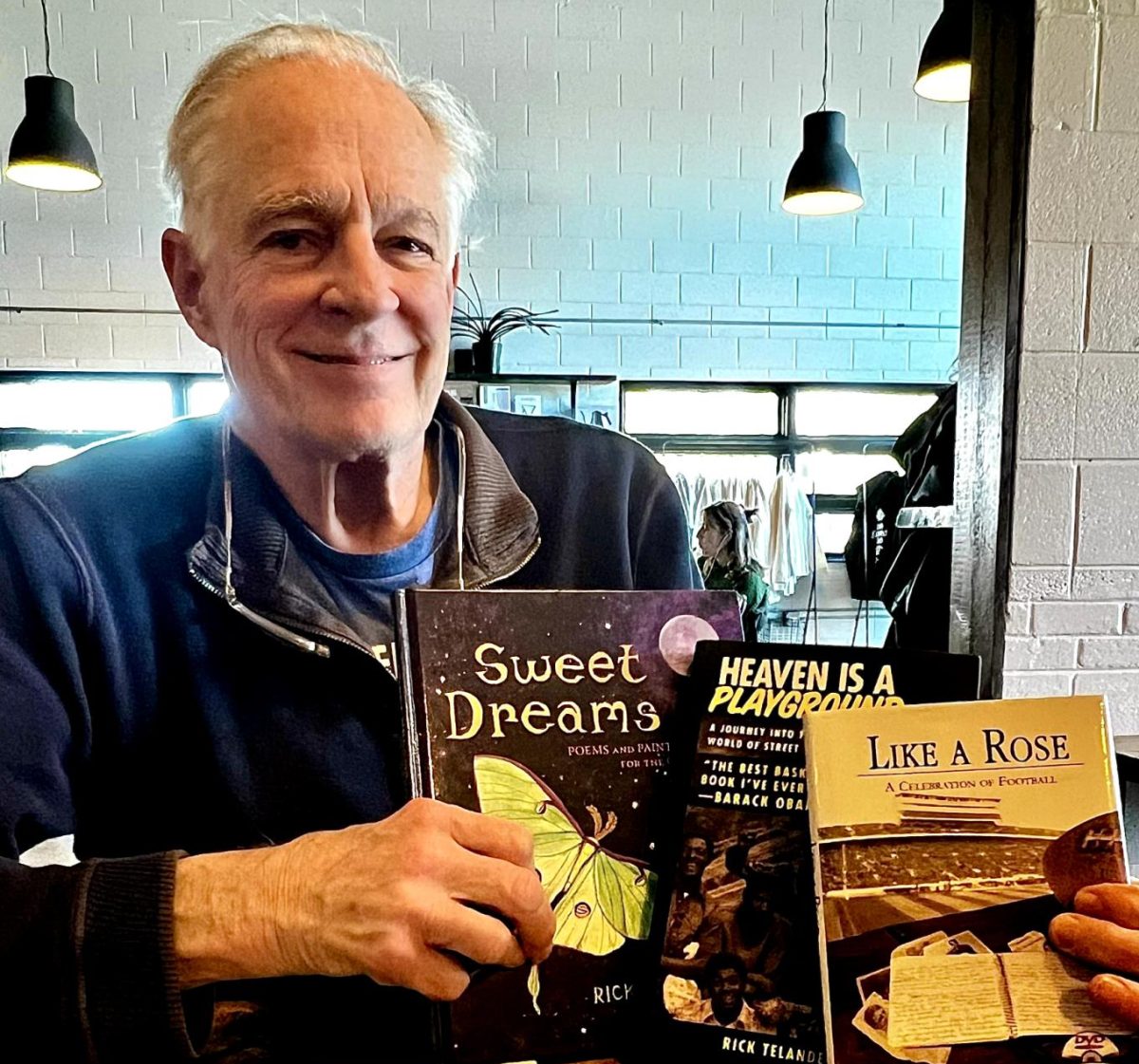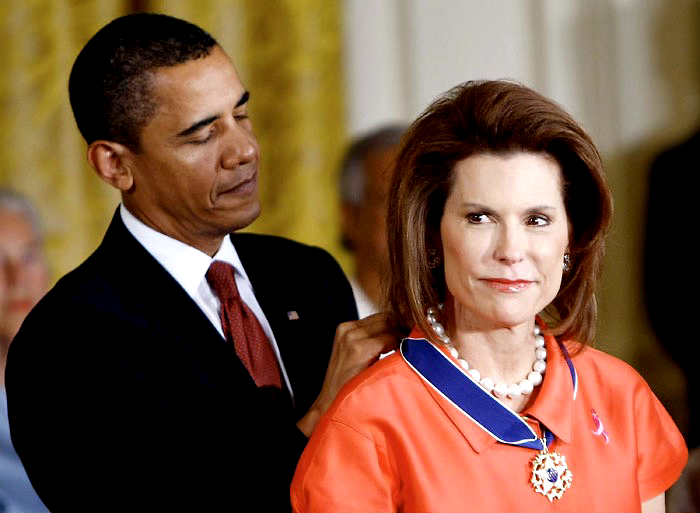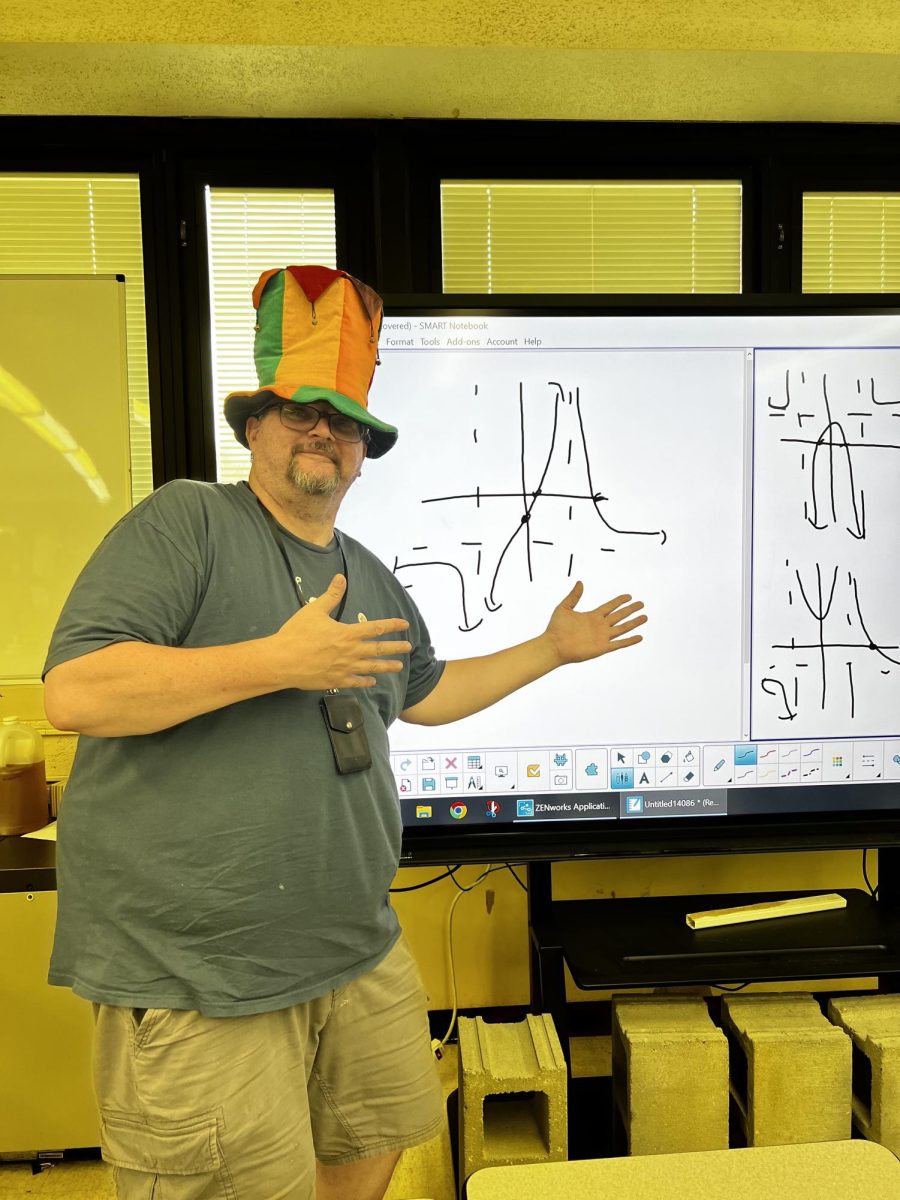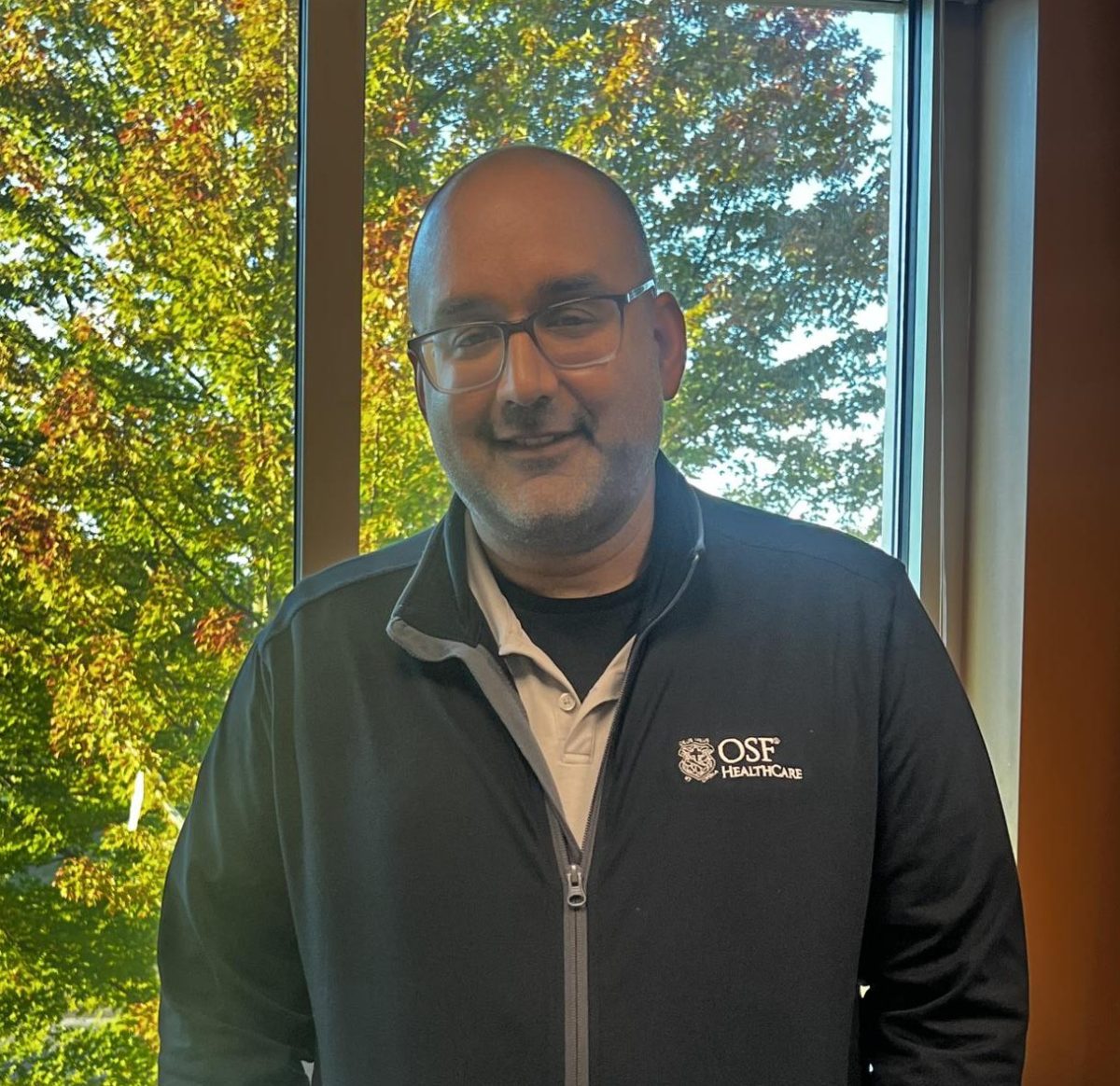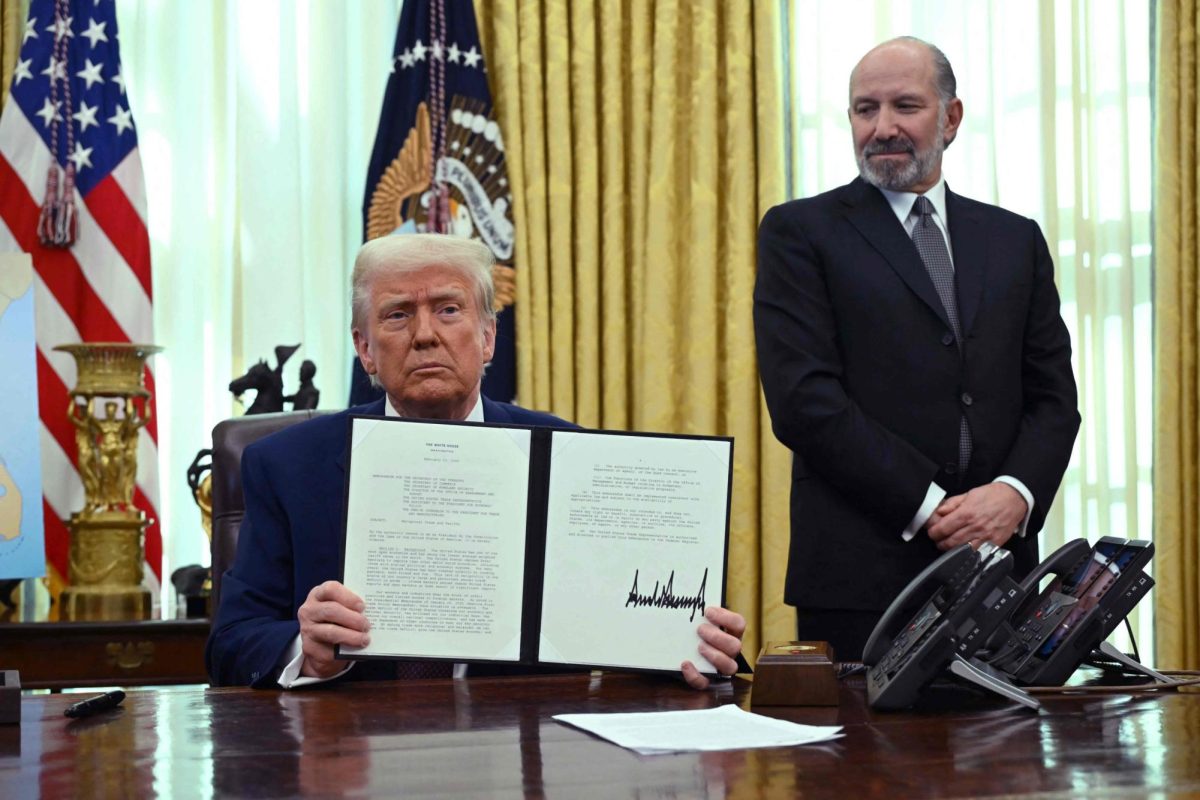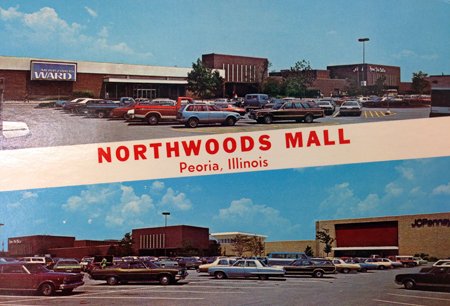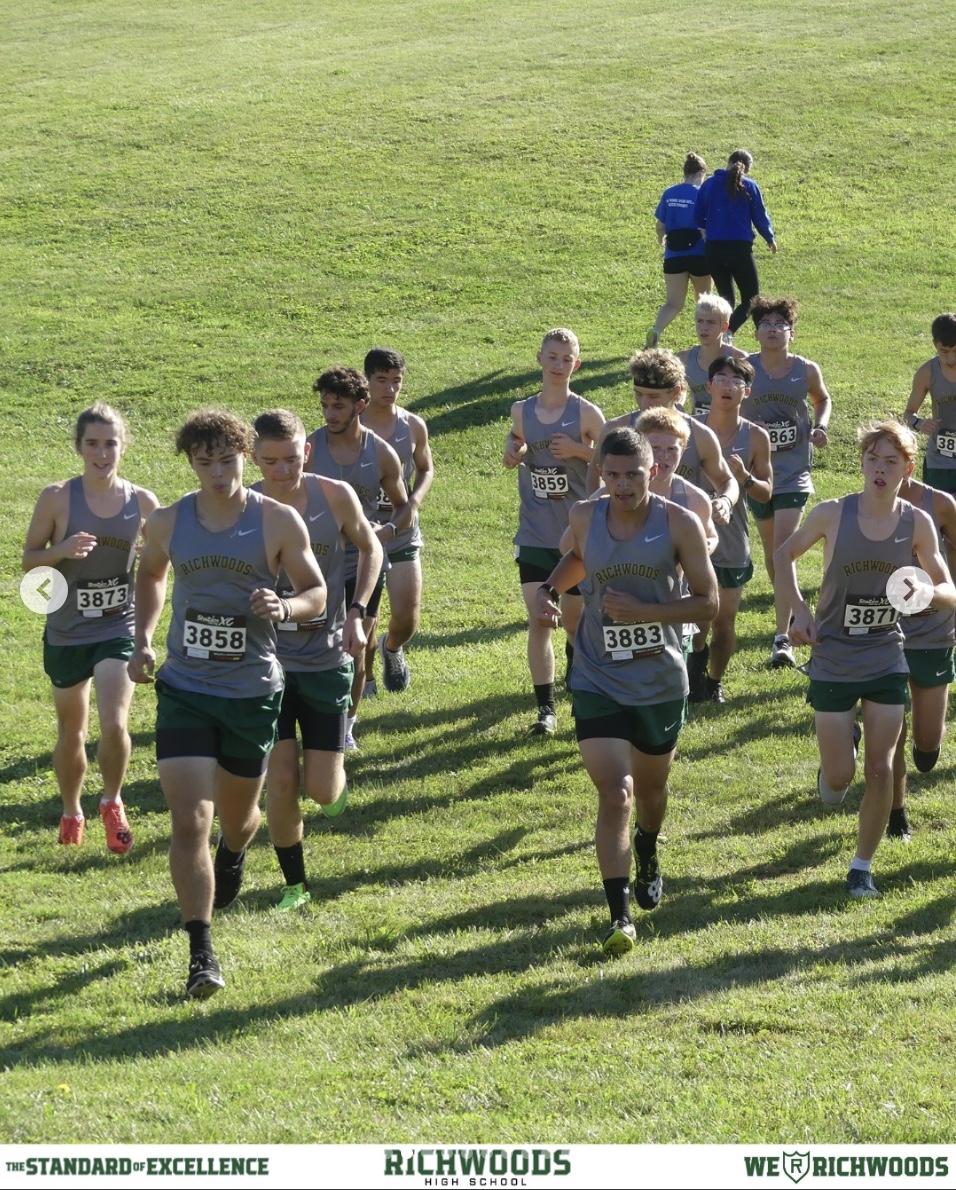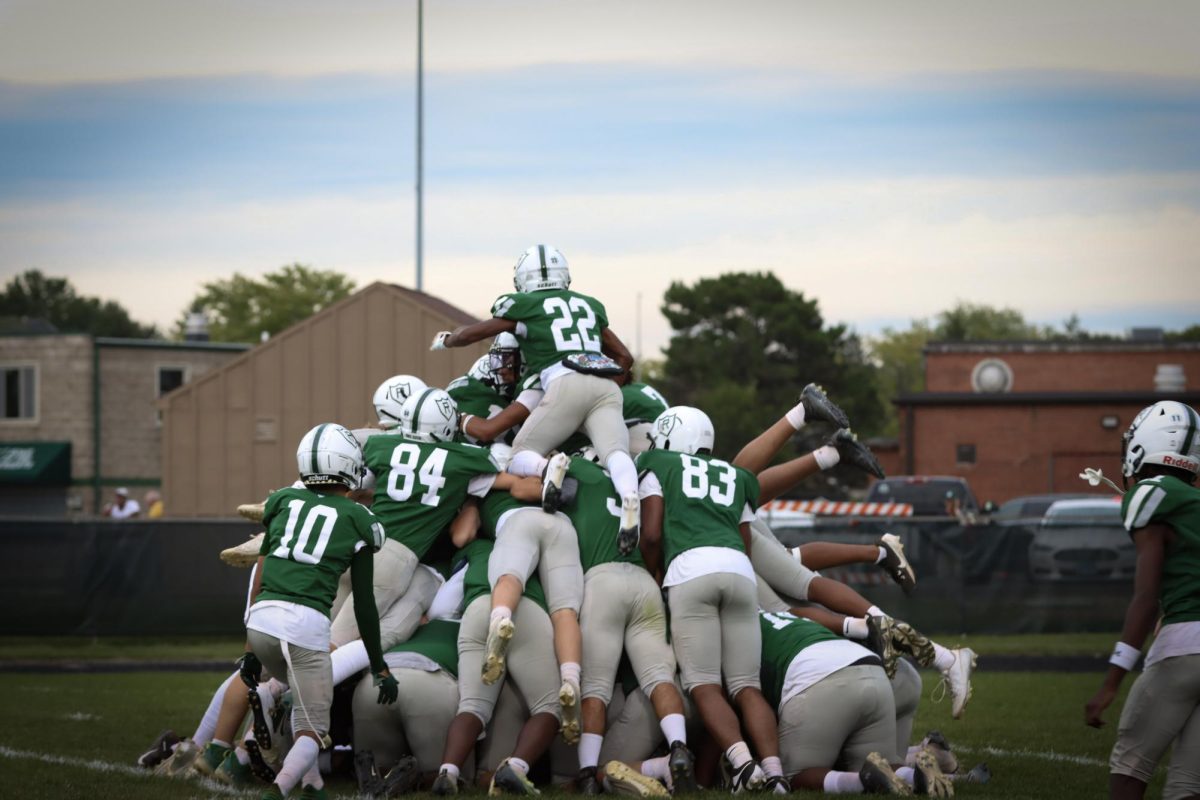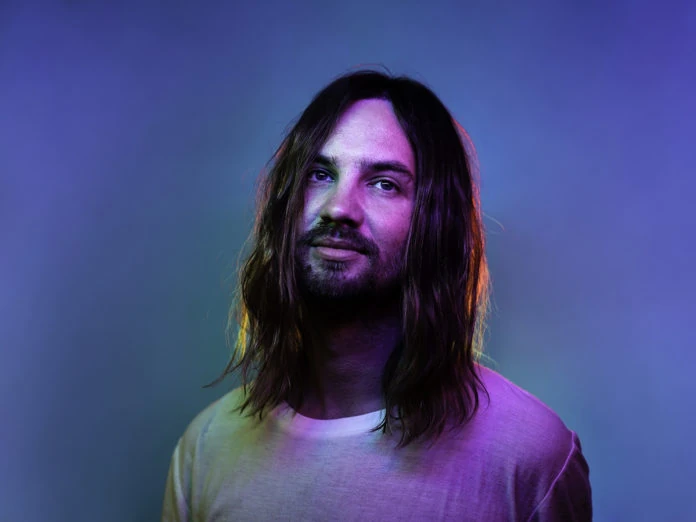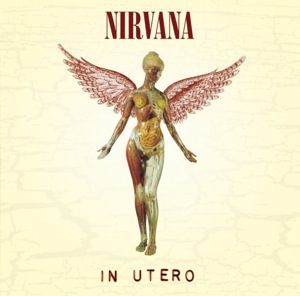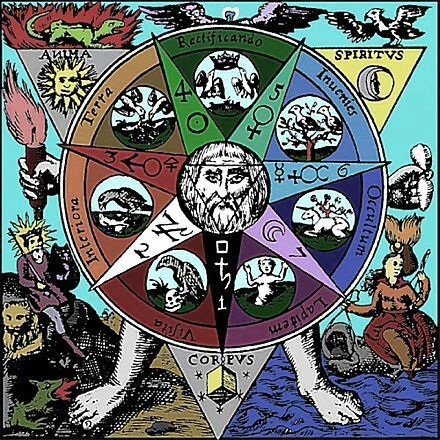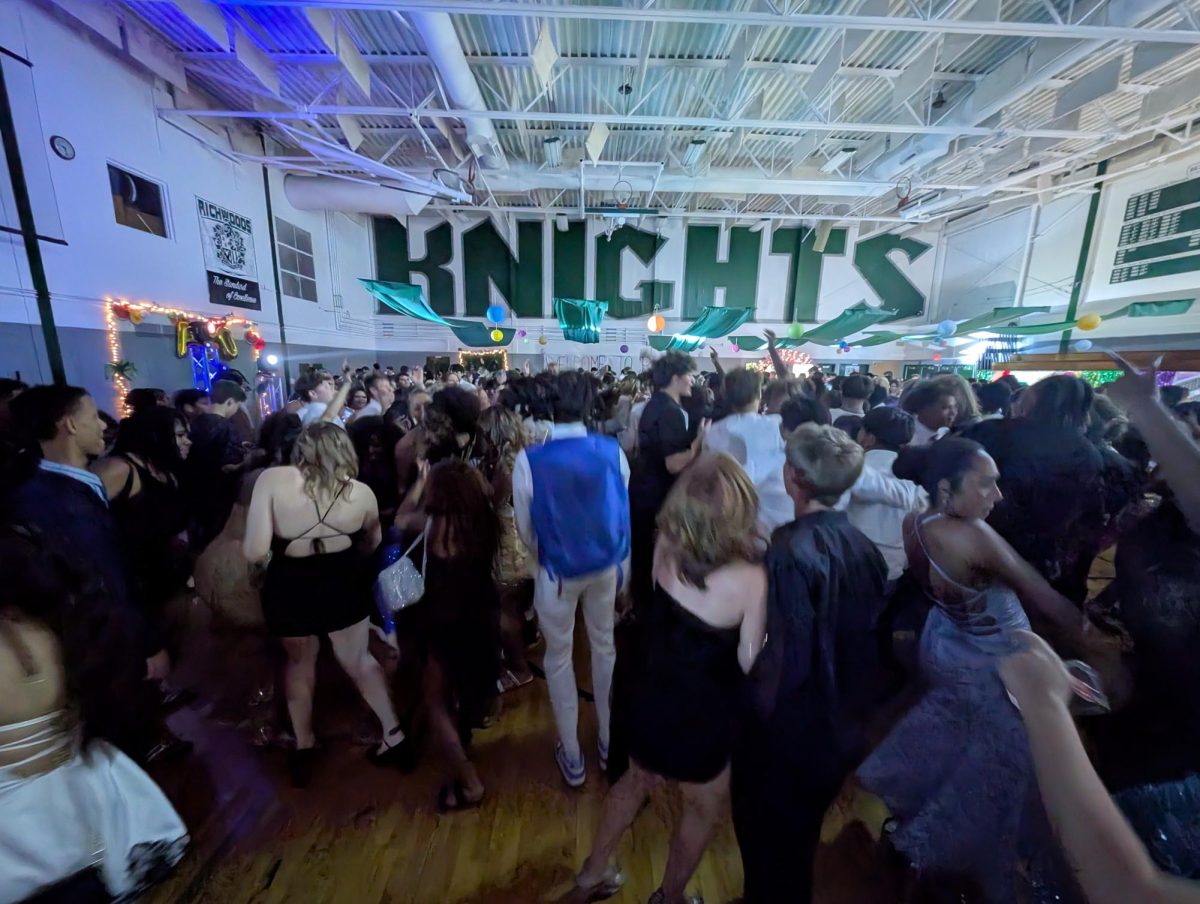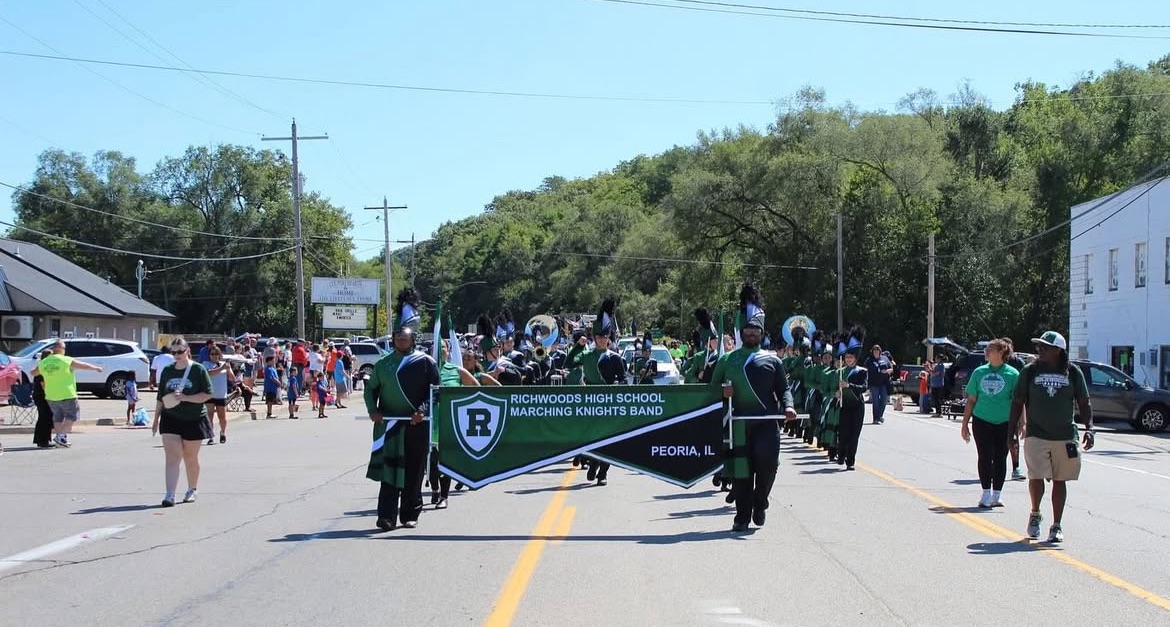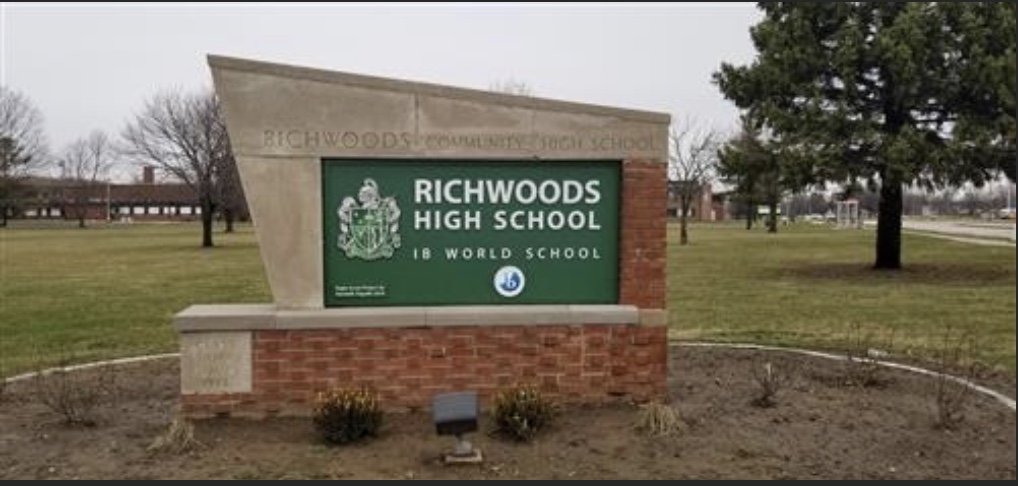“Our faith is a living thing precisely because it walks hand-in-hand with doubt.” This powerful quote was spoken by Cardinal Thomas Lawrence, the main character of Edward Berger’s Conclave. After the loss of the pope, the characters in this movie navigate their way through a confusing era, striving to find unity in their selection of a new leader. Conclave presents the clergy of the Catholic Church in a raw, intimate, and humane way. It emphasizes their flaws, showing corruption and hatred. But most importantly, this movie highlights their strengths, the strongest one of all being introspection; Cardinal Lawrence is not only attuned to his “weaknesses” in his faith but uses them to better the Church. As I watched the movie unfold, I learned more and more about what it means to be a true Catholic – a kind and loving example of Christ, who isn’t afraid of their flaws but uses them for good.
This movie is a powerful one for Catholics and Christians everywhere. The Catholic Church is very traditional, often struggling to adapt to modern-day customs. Traditionality is essential to Catholicism and is often portrayed beautifully; however, people in the Church (and everywhere else) can misinterpret “traditional” values, taking ones focused on division and making them central to who they are. This is often brought out in the Church, a place where all should be welcome, but many groups are marginalized and shunned. Characters like Cardinal Lawrence and Cardinal Vincent Benitez, another main character, prove what it means to be a true Catholic and Christian by being nonjudgmental and caring to all; they also strive to do what’s right with challenges faced.
Conclave begins after the death of the current pope. It shows all the cardinals gathered at St. Peter’s Basilica, preparing for the next papal election. The four main candidates for the pope are Cardinals Bellini, Tremblay, Adeyemi, and Tedesco. Bellini and Tedesco have opposite beliefs, Bellini holding more progressive views, while Tedesco is a reactionary who shows coldness and judgment toward others. This juxtaposition is used to demonstrate personalities of what traditional Catholicism is based on, love and acceptance, versus what many Catholics and Christians are aligning themselves with: judgment and hate. Adeyemi and Tremblay are both gray characters, showing how power and corruption can erode everything, even religion. However, one of them regrets his wrongdoings and asks for forgiveness, emphasizing the theme of imperfection and its normalcy.
Cardinal Thomas Lawrence oversees the conclave. He begins it with a speech emphasizing the acceptance of doubt in faith. Most importantly he advocated for diversity in the Church, saying, “…[St.] Paul reminds us that God’s gift to the Church is its variety. It is this variety, this diversity of people and views, which gives our Church its strength.” The movie seems to suggest that this belief in diversity is something that all Christians should value and is a huge eye-opener to viewers – religious or not – who may have had misconceptions about what Catholicism is at its core. Lawrence goes on to discuss certainty in his monologue, which was one of the most resonant scenes of the movie.
Another important character we meet is Cardinal Vincent Benitez. When I watched this movie, I realized how his words and actions portrayed him as a Christ-like figure; his kindness, patience, compassion, and love represent how Jesus treated others in the Bible and stand as an example of how Christians should act. Although Benitez was first unknown to most of the Cardinals, his humbleness gained him respect. He is a foil to Cardinal Tedesco in every aspect. At one point in the movie, Tedesco spews extreme hatred towards and a need to fight with another religion. Benitez calmly responds to that, saying, “The thing you’re fighting is here [points to heart]… inside each and every one of us, if we give in to hate now…” Love and unity are the pillars of Christianity. Hatred and division break these pillars apart. And Benitez proves that.
Currently, we Catholics are without our head of Church. After the recent passing of Pope Francis, we are in the in-between stages of having a leader and electing a new one. Conclave depicts and draws attention to the kinds of leaders Catholics and all Christians should hope to represent their church: loving, kind, patient, and accepting ones. They are the true representation of Christ. This is what our religion stands for yet sadly, many believe Catholicism in America is is drawing away from. The beauty of Catholicism comes not only from its tradition but from its core beliefs of unity and love; the word “catholic” itself means “all-embracing” and “universal.” That is the perfect way to describe Catholicism, a religion that should be open to anyone and everyone. The movie Conclave reminds us that the leaders of our Church must hold no hatred in them; to do so would dismantle the Church and its true values. Acceptance draws people to Christianity and religion overall, while division pushes people away.
The papal conclave will begin on May 7th. In the days leading up to then, I pray for a leader who not only follows Christ but acts as He does. I hope for love and acceptance to be brought back to the forefront of Catholicism. As Cardinal Lawrence said at the start of the movie, “Let us pray that the Lord will grant us a Pope who doubts. And let Him grant us a pope who sins and asks for forgiveness and who carries on.” All of us are imperfect people and having a leader who doesn’t hide his flaws but acknowledges them and uses them for good would humanize the church while inspiring people everywhere to grow. A lot can and should be taken away from Conclave. I hope that, if you choose to watch this movie or have already seen it, you see the love that is central to the Church; love always conquers hate. We are all meant to be “catholic”: all-embracing, universal, and united.


